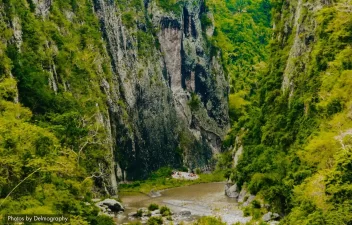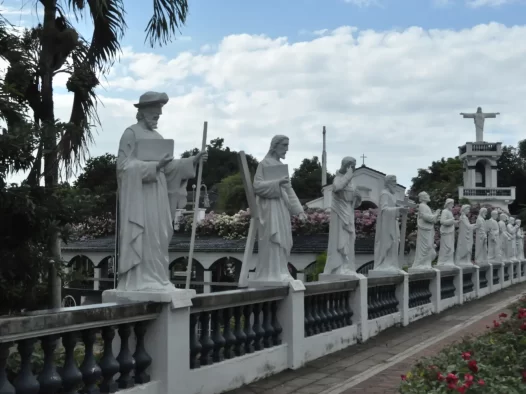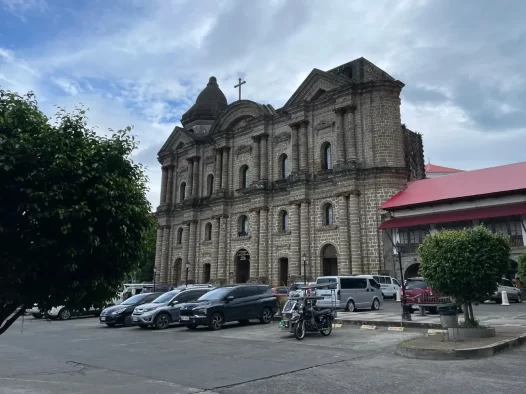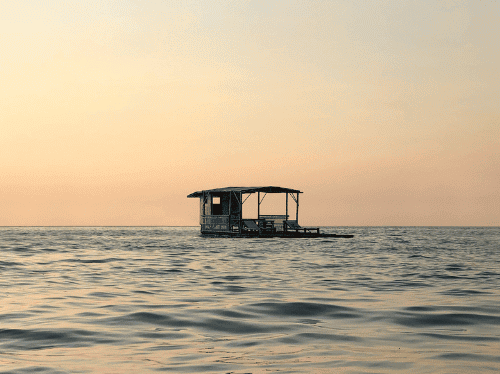Lobo
Lobo is a third-class municipality characterized by its diverse geography. It comprises 26 barangays, with 9 situated along the coastline, 10 situated amidst hilly and mountainous terrain, and the remaining areas developed as urban centers. The town rests at an elevation of 786 kilometers above sea level, offering picturesque views of the surrounding landscapes.
With a total population of 38,908, Lobo is home to a blend of urban and rural communities. The urban areas account for 13,427 residents, while the majority, numbering 25,481, reside in the rural parts of the municipality. The collective efforts of these inhabitants contribute to the dynamic fabric of the town’s social and economic vitality.
Agriculture, trade, manufacturing, and commerce form the cornerstone of Lobo’s economic activities. The agricultural sector harnesses the fertile land to cultivate various crops, sustaining the local food supply and fostering economic growth. Trade and commerce thrive as local entrepreneurs engage in vibrant commercial activities, supporting the exchange of goods and services. The manufacturing sector adds value to the local economy, generating employment opportunities and enhancing the municipality’s overall socio-economic mobility.
Lobo, with its diverse landscape and active economic sectors, epitomizes the dynamic spirit and aspirations of its residents. As the municipality continues to evolve and embrace progress, its commitment to harnessing its natural resources, fostering entrepreneurship, and nurturing a vibrant community remains steadfast, paving the way for a promising future.
History and Heritage
Before the Spanish colonization, the area that is now known as Lobo in the Philippines was a pristine wilderness with dense forests and no permanent name. The inhabitants, who lived scattered and semi-civilized lives, relied on hunting wild animals for their livelihood, constantly moving from one place to another. Archaeologists speculate that a small group of Chinese traders may have stayed in the area, evidenced by remains discovered in Barangay Sawang, which was believed to be a Chinese cemetery during ancient times.
In the 13th century, the arrival of the Bornean datus, led by Datu Puti, played a significant role in the history of the municipality. They established the first Malayan colony in Luzon, initially settling in Lemery and Taal along the Pansipit River. Over time, they dispersed throughout the province and settled in Kumintang, later named in honor of Lakan Kumintang.
Gat Bahaghari, one of Lakan Kumintang’s followers, ventured south with his family and a small group, eventually reaching Rosario and following the Rosario-Lobo River until they reached the “Wawa of Lobo,” which they named Bahaghari. Captivated by the picturesque view and fertile soil, they established a permanent settlement on a hill, now the Municipal Cemetery of Lobo.
The fertile land in the low-lying area west of the hill, with its small running streams, was utilized for farming and became known as “sumasagitsit.” The surplus products from these productive farms led to the naming of Barangay Masagitsit. Spanish colonization brought changes, including the introduction of larger and sturdier houses and buildings, attracting loggers and timbermen to the area.
The name “Lobo” originated during the Spanish regime when settlers witnessed a balloon floating over Mount Banoy during a gathering to decide on a name for the place. Inspired by this event, they unanimously adopted the name “Lobo,” meaning balloon. The name stuck and became associated with the location, eventually becoming the name of the entire municipality. Lobo was officially established as a logging settlement on September 27, 1871.
Climate
The rainy season starts in June and ends in November. When December comes, the people experienced a very cool dawn. The summer season on the month of March to the end of May.
If you prefer a hassle-free trip, you can rent a car or hire a private vehicle for more convenience and flexibility. Public transportation, such as buses and jeepneys, is also available and can be a more budget-friendly option.
Batangas: Where history, beauty, and resilience converge, creating a tapestry of captivating stories and unforgettable moments.
Anihan Festival
The Anihan Festival highlights the bountiful harvest of an agricultural municipality in Batangas. This lively event brings together the residents of Lobo, as each barangay proudly showcases the variety of products cultivated within their areas. The festival features a vibrant street dancing segment, where participants don stunning attire, and a quest to find the most exceptional costume, with a corresponding prize for the winner.
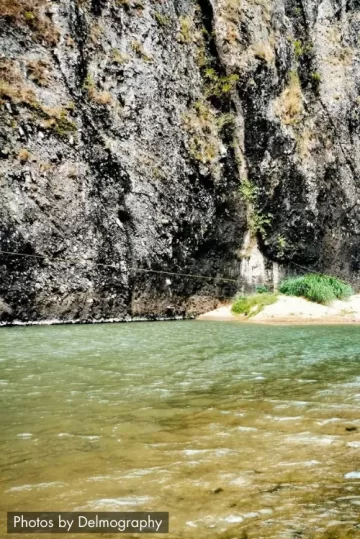


Local Attractions
Batangas in the Philippines offers a range of local attractions that cater to various interests. These are just a few of the attractions you can explore in Batangas. Whether you’re interested in history, nature, or relaxation, the city offers something for everyone.
Getting Around
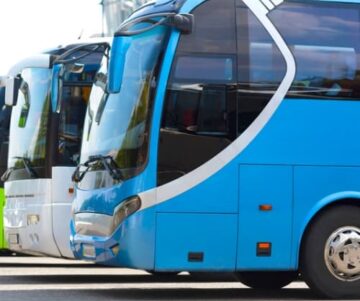
Buses
Buses provide transportation for longer distances, connecting Batangas with other regions and provinces. These buses have designated terminals and offer a more comfortable option for longer journeys.

Jeepneys
Jeepneys are a staple mode of public transportation in the Philippines. They are colorful, elongated jeeps that can carry multiple passengers. Jeepneys follow specific routes and have fixed fares.
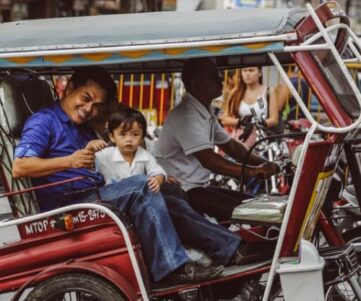
Tricycles
These motorized vehicles consist of a motorcycle with a sidecar, which can accommodate around 3 to 4 passengers. Tricycles are commonly used for short trips within the city, and fares are usually negotiable.
